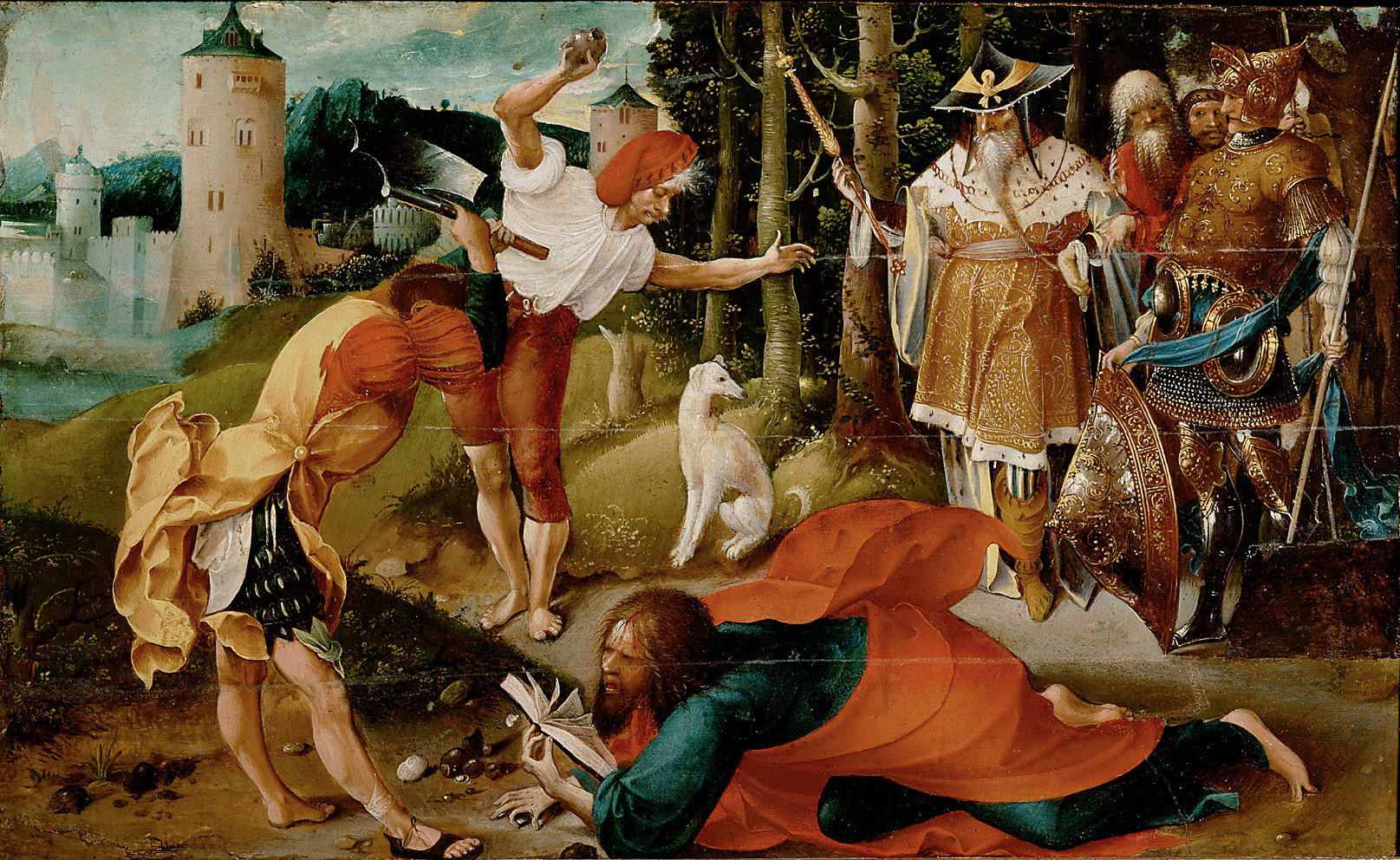William Wrede’s The Messianic Secret
Part 10: How Matthew and Luke changed Mark

(The evangelist prepares for the final cut.)
Jan de Beer (c.1530-1535)
Five months have passed since my previous post on The Messianic Secret. In the interim, I have focused on material related to the genre of the gospels, which has consumed most of my attention.
Recently, however, I’ve been simultaneously reading or re-reading several works on the problem of the Synoptic Gospels, including E.P. Sanders’ The Tendencies of the Synoptic Tradition, William Farmer’s The Synoptic Problem, and Mark Goodacre’s The Case Against Q. I’ve learned much from reading each of these authors, but I would like to point out that we often will not necessarily understand what is important or significant until we read a work the second or third time.
Let me explain further. About a month ago I began reading The Synoptic Problem by William Farmer, and much to my surprise I learned quite a bit about how we arrived at the “Two-Source” (Mark and Q) consensus — things I didn’t pick up from reading Streeter or anyone else, for that matter. Farmer’s perspective gave him free rein to look for inconsistencies, bad logic, and questionable motives. I now feel the need to go back and re-read The Four Gospels with this new information in mind.
Reading Sanders and Goodacre (again) helped change my perspective on the problem. And as luck would have it, reading Schmidt’s The Place of the Gospels in the General History of Literature as well as the later chapters of The Messianic Secret forced me to re-evaluate those thorny questions.
Synoptic questions
The basic questions we ask ourselves concerning the Synoptic Problem — once we admit that the first three evangelists were somehow copying one another — are:
- Who copied whom?
- Who changed what?
- Why did they change it?
In order to mount a convincing argument as to which gospel came first we need some set of criteria that convincingly explains why an author would change his source material. That is, can we detect any editorial tendencies of an author that caused him to truncate or expand a story? What theological preconceptions might cause a later author to gloss over “difficult” or “uncongenial” passages?
Wrede tackled these sorts of questions in Part Two, “The Later Gospels: Matthew and Luke.”
A primary question will then have to be how the Markan material we have examined is treated in both Gospels.” (p. 152)
He’s referring to the passages in Mark that deal with concealment and misunderstanding. If, in Wrede’s view, both Matthew and Luke recapitulate much of Mark, taking over his historical sequence (such as it is), then we should be able to acquire a “direct insight into the history of the approach, which is of interest to us.” (p. 152)
In his examination of Matthew’s use of Mark, Wrede closely examined several pericopae, identified the differences, and tried to develop a coherent reason or set of reasons for the author to change his source material. We will look at two of those stories now.
Continue reading “Reading Wrede Again for the First Time (10)”
